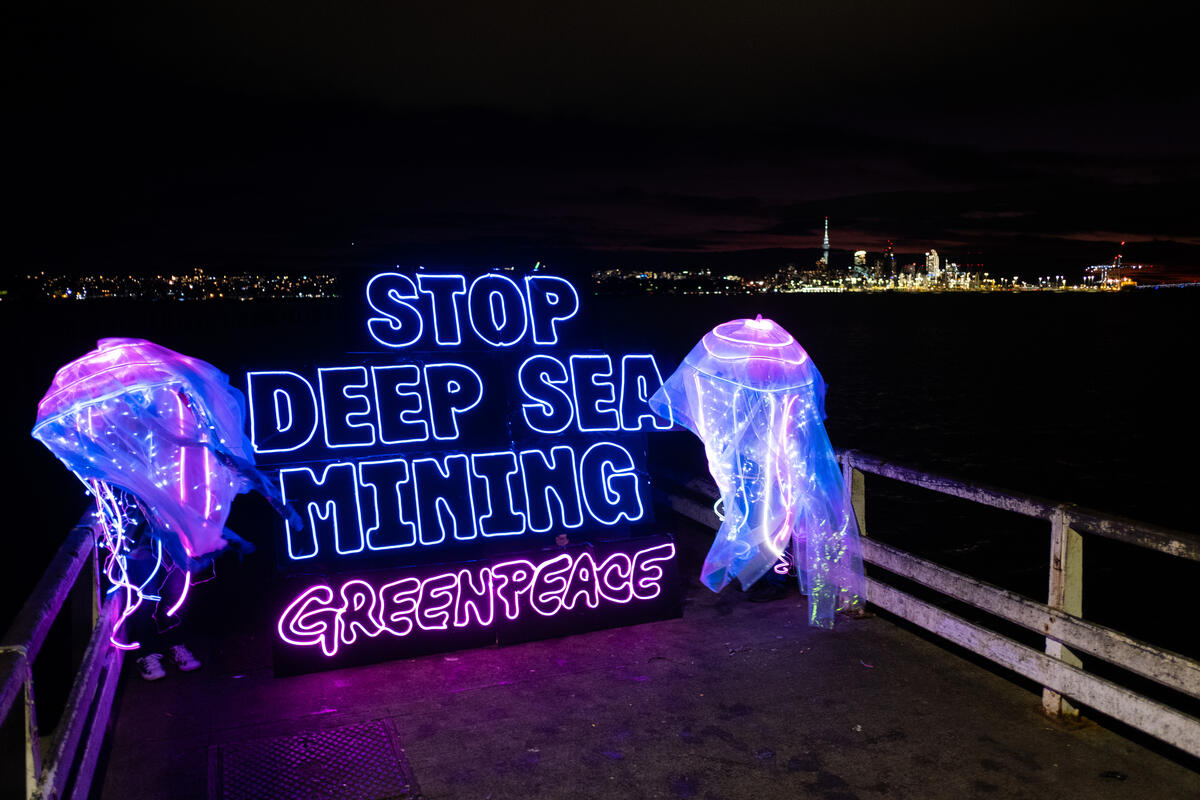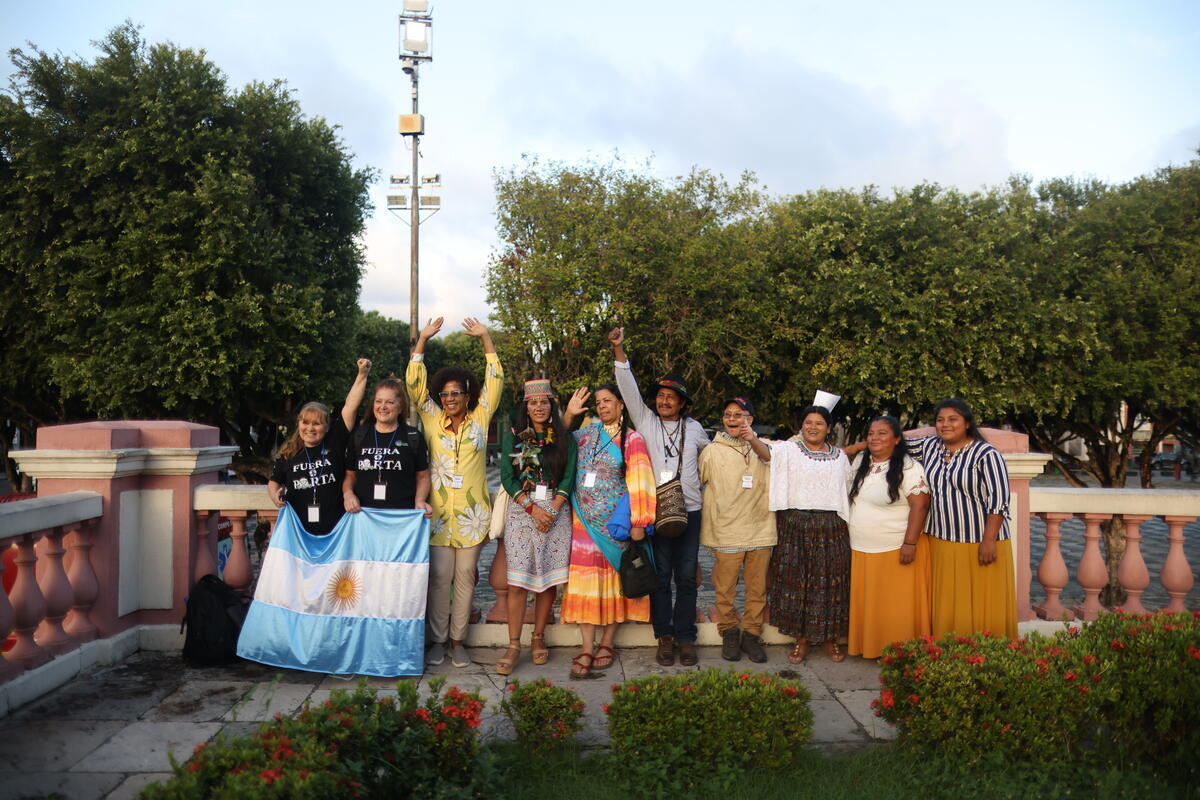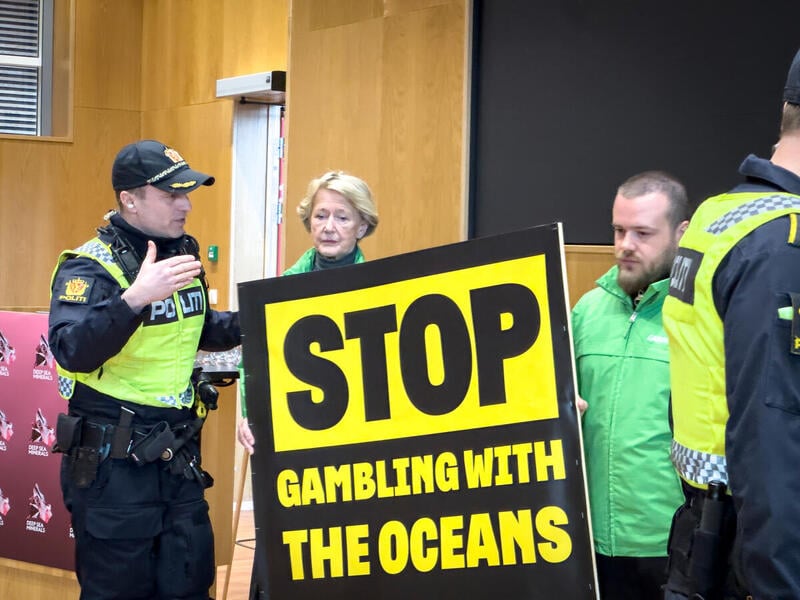Turtles, seabirds, seals, and whales are well-documented victims of out of control plastic pollution, but when was the last time you saw a video of a person suffering in the grips of the global plastics crisis?
You’d be forgiven if you believed humans were somehow immune to this tragedy, as their stories are so rarely broadcast. Our social media feeds are rightfully overflowing (at least mine is) with videos of turtles with straws jammed in their nostrils or photos of dead birds and whales with single-use plastics in their stomach. This coverage is heart-wrenching, and essential, but it fails to tell the whole story of the plastics pollution crisis.
Both around the world and in our own countries, waste often flows into the communities without the money or government support to protect themselves. We need to wake up to the fact that plastic pollution is an environmental justice issue.
A new research collaboration between Greenpeace East Asia and the Global Alliance for Incinerator Alternatives (GAIA) has detailed the flow of “recyclable” plastics around the world and its impact on people.
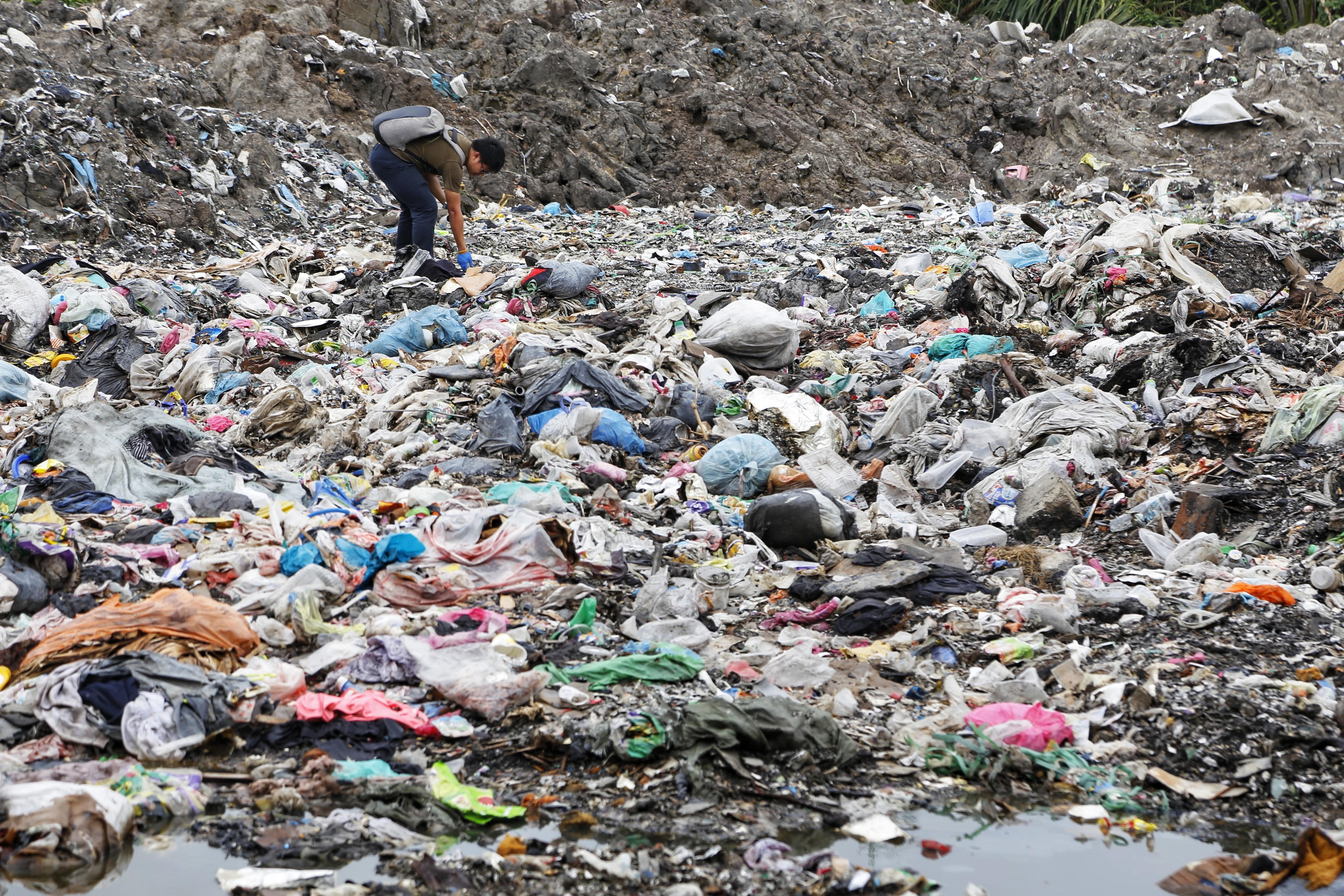
Piles of plastic in Malaysia
1. Plastic waste floods into the countries that aren’t prepared to stop it — or manage it.
At the beginning of 2018, China stopped accepting the world’s waste including plastic, paper and textile. Previously, Chinese recyclers had accepted recycled plastic waste from the world’s top exporters – USA, UK, Germany, and Japan to feed the country’s demand for materials. All of that practically stopped in 2018, and waste started to flood into Southeast Asia.
First, it went to Thailand, Malaysia, and Vietnam, who all set up restrictions to limit the plastic waste from coming in. Once they had some success in slowing down the flow, it went to the next victim: most noticeably Indonesia.
GAIA investigated the impact of the plastics waste flowing into these communities, where it found waste piled ten feet high, crops poisoned, and open plastic burning, which seriously affects people living nearby, as toxic gases release into the air while plastic burns.
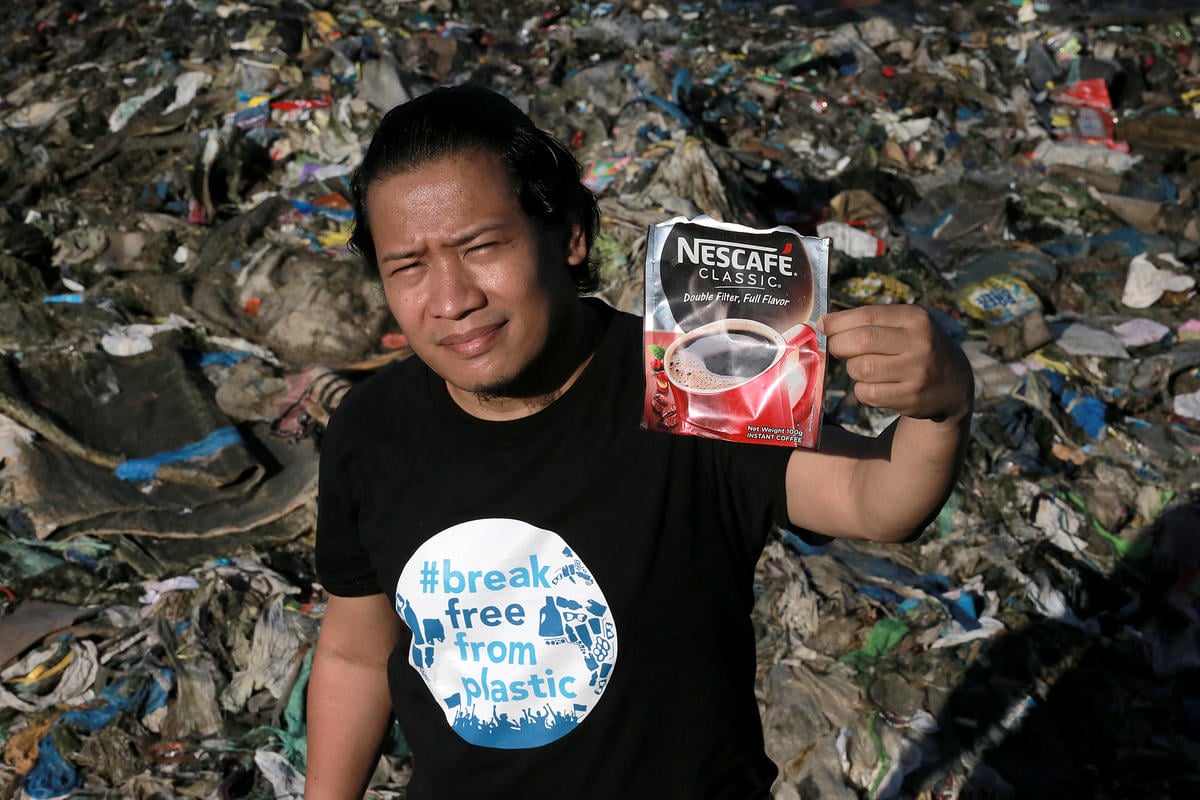
Global Anti Incineration Alliance Philippines Executive Director Froilan Grate shows a discarded pack of a Nestle product as he stands on a trash-filled shoreline along Manila Bay in Navotas City, Philippines.
2. When they don’t manage to export the plastic waste, it often ends up in vulnerable communities.
Not knowing where to export plastics to, many exporting countries in North America and Europe have watched the waste pile up at home. News reports have shown that it piles up in less-wealthy, more at-risk communities. There, it becomes a public health problem. The recycling system only works to target the vulnerable — around the world and around your city.
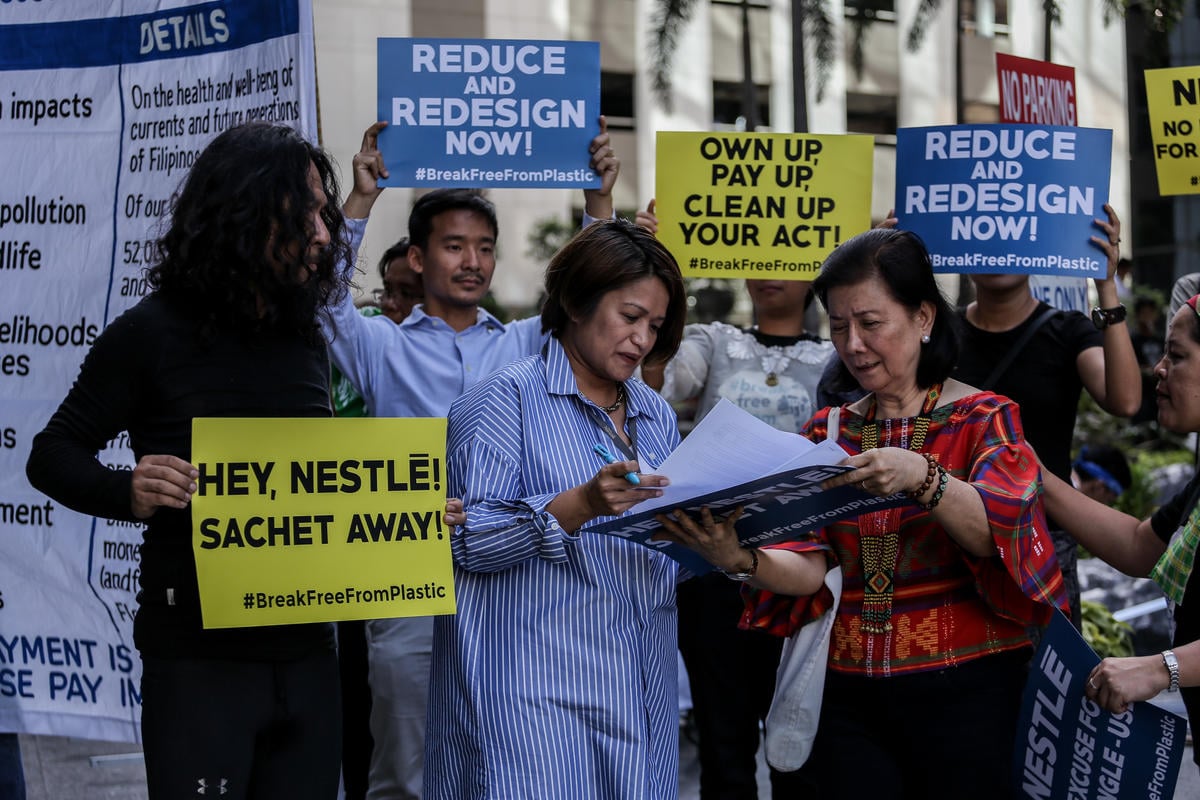
Ms. Christine Ponce Garcia, Corporate Affairs Executive of Nestle Philippines (Middle) receives a demand letter and “invoice from the Filipino people” outlining the costs of Nestlé’s single-use plastic packaging
3. Corporations profit from plastics.
Corporations like Nestlé and Unilever profit wildly from single-use plastic packaging, while peddling the myth of recycling as a solution. But anyone who has thought seriously about the issue can see that recycling could never handle the amount of plastic surrounding our everyday life.
Also, don’t forget that plastic is itself created from fossil fuels and lobbied for by the fossil fuel industry, while they desperately try to maintain the single-use plastic status quo instead of tackling the problem at source. Only by stopping the production of single-use plastics can this crisis be addressed. But these companies try to keep you in the dark by claiming recycling can solve the plastic pollution crisis to ensure their profit at the expense of people right now, today.
Learn more from GAIA field research here and by reading the Greenpeace East Asia report here
Kate Lin is a senior campaigner at Greenpeace East Asia, based in Hong Kong
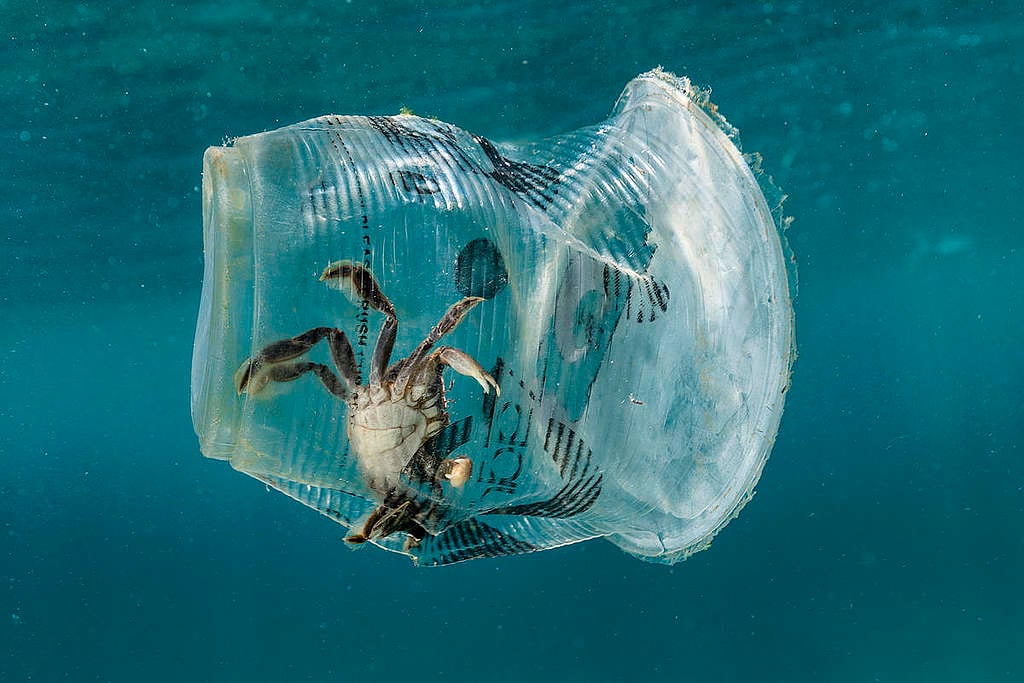
Ask world leaders to support a strong Global Plastic Treaty that addresses the whole life cycle of plastic.
Take action
